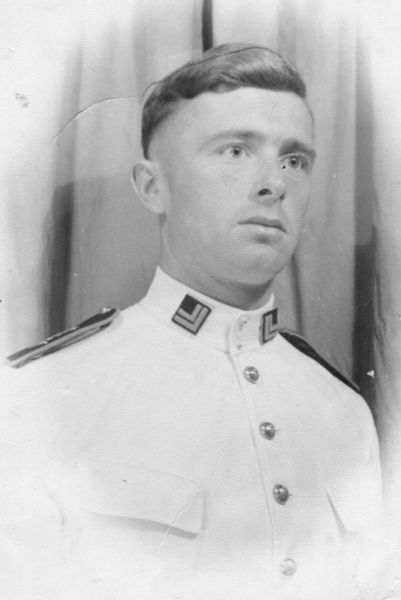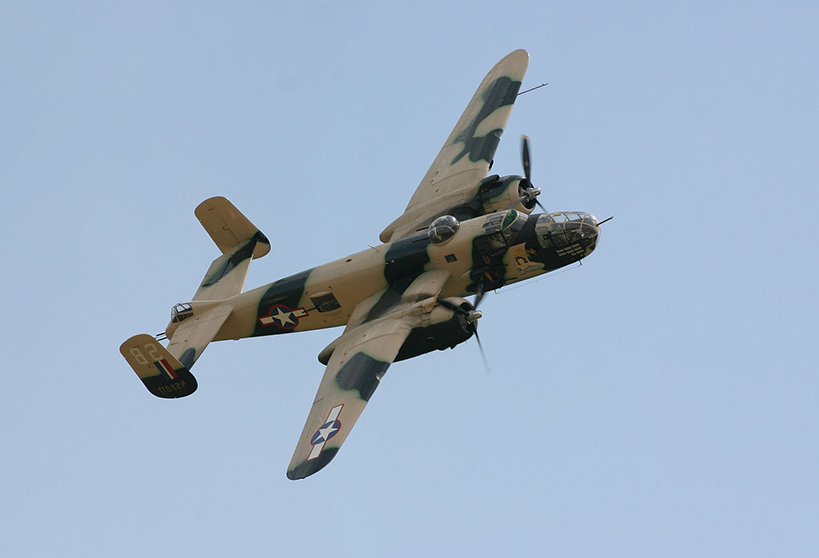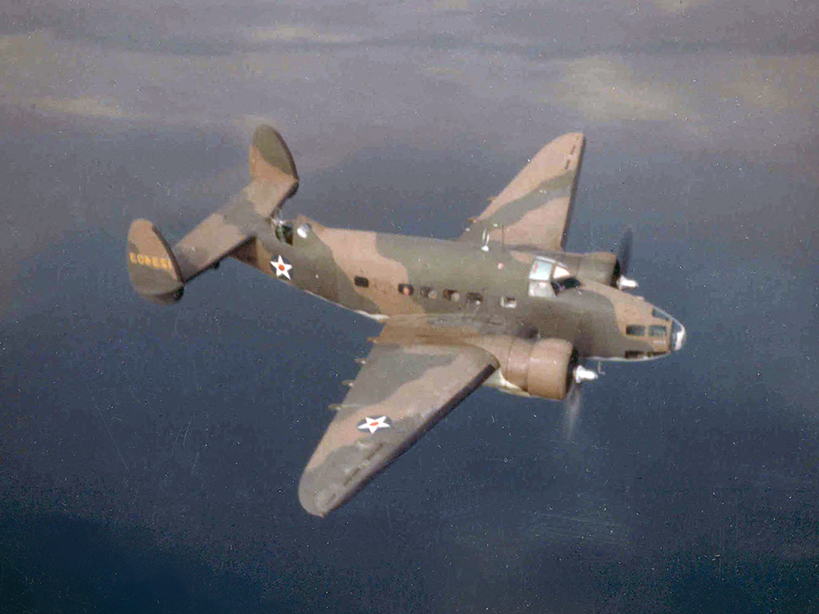Jonker, Leendert
- Date of death:
- July 29th, 2005 (Arnhem, The Netherlands)
- Nationality:
- Dutch
Biography
Leendert Jonker was trained as a Marine in Rotterdam.
When WW 2 broke out in 1940, Jonker was serving as a Marine in Curacao guarding the oil refinery. He learned that personell was needed for the Dutch 320 Squadron of the British Royal Air Force and he left for Cardiff in Scotland to be trained as aerial gunner. His first aircraft was a Lockheed Hudson which was gradually being replaced by the B-25 Mitchell medium bomber. In more than 50 sorties over Germany, the Netherlands, France and Norway all went well until October 25th, 1943 when he was sent to France with a formation of Mitchells. They were ordered to destroy a German airfield near the port of Brest. Over Brest the formation came under fire from German Flak and the aircraft of the commander of the squadron, Bakker received a direct hit and blew apart.
Jonker’s turret was destroyed by flying shrapnell and his right arm was almost torn from his body. Even his right buttock was partly gone.
Pilot Jan Maas managed to land the crippled Mitchell in Exeter near London. Later on, maintenance crews found more than 1300 holes in wings and fuselage.
Jonker remained in the Royal Air Force Clinic in Regent’s Park in London for more than a year. Canadian and British surgeons performed an operation, unique in those days, reconnecting his almost severed right arm to his body. Everybody came to watch that miracle, even the complete British Royal Family paid a visit to the Dutch Marine as well as the incumbent British Prime Minister, Winston Churchill who presented him with a few cigars.
Jonkers left the service in 1972 in the rank of Sergeant-major after having been in the service for 36 years. He spent the last years of his life in Bronbeek, the Royal Home for ex-Servicemen in Arnhem.
Do you have more information about this person? Inform us!
- Period:
- Second World War (1939-1945)
- Rank:
- Korporaal-vliegtuigschutter
- Unit:
- No. 320 (Dutch) Squadron RDNAS
- Awarded on:
- November 1st, 1943
For having shown courage, a high morale, a great sense of duty and perseverance as machinegunner of a Mitchell bomber aircraft of 320 Squadron RDNAS of Our Naval Air Service in the United Kingdom, during a daylight raid on a hostile airfield near the city of Brest on October 25, 1943, after having been severely injured from a direct hit on the aircraft, with total disregard for his severe injuries for which no paillative could be administered, remaining on his station and even being severely weakened by loss of blood, pulling himself together and repeatedly assuring everyone to be well and so, in a commendable manner keeping the morale of the crew at a high level.
121st Award.
Royal Decree No.1, dated November 1st, 1943.






